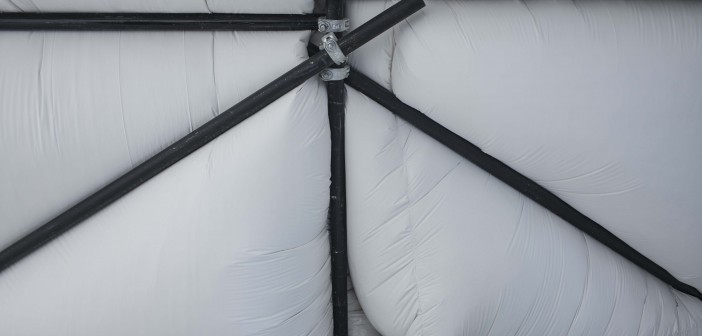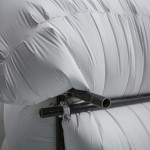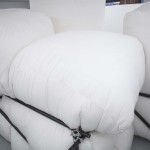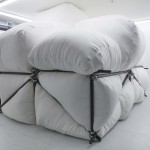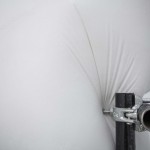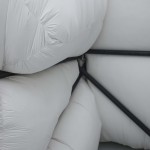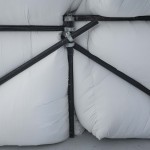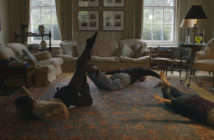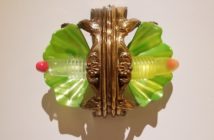The idea of site-specific work, manifestly not a dwelling or fortification, is as ancient as any statuary or temple grounds yet discovered. The archeological record suggests that once past the hurdles of shelter and protection, our ancestors turned to monuments tied to religion, governance, and social ritual. Over time, these monuments, ranging from primitive burial mounds to the most ornately designed structures imaginable, were common across all cultures. The urge to describe the world (and one’s place in it) with tangible works that are non-utilitarian and infused with either a spiritual or proto-political meaning that respond to a specific place is part of our shared historical past.
In the last 50 years, or so, artists have also begun to think in terms of specific geographies as intrinsic to their work. Think of the saga surrounding Serra’s “Tilted Arc” or the earthworks of Robert Smithson, or more recently still, the pandemic of love (or loathing) for Christo’s late career wrapping projects is to say that ideas related to site specificity have gained momentum over time. That momentum, however, has stalled as artists and institutions have embraced the idea of site-specificity and winnowed it down to an annoyingly small conceit bereft of any of the mystical or intellectual underpinnings that drove artists like Smithson or Serra.
Either that, or a tangled catch basin of over-the-top spectacles that spin museum turnstiles, still, to be fair, a lot of interesting work within the context of an artist responding to a site is being made. The Richard Nonas exhibition at MASS MOcA (now on view) is a fine example of an artist working the interior of a former factory to full effect. Nonas has laid railroad ties across the sprawling floor of the museum’s Building #5 accompanied by enormous granite chairs, all harkening back to the site’s industrial past. The installation is a gritty, no-frills examination of a place with a rich and complex history.
In Boston, at the T+H Gallery, Ian McMahon has constructed a large, gallery-filling installation called “Sojourn” which he built on-site. It is both ominous and soft looking, like a cloud adorned with brass knuckles. Corralled by scaffolding pipes, it rises upward, flexing its cartoon-like muscles billowing up toward the ceiling of the gallery where it is surrounded by a rectangle of lights. The piece, cast with 1,500 hundred pounds of sprayed plaster and inflatable plastic bags used as molds, which were then removed using a heated knife. What’s left is a sculptural piece of impressive heft, yet it is only 1/8th of an inch thick. Still, there is nothing delicate about McMahon’s work. There is an aggressive mayhem to the overflowing sculpture, something akin to a puff-pastry recipe gone awry. Situated in and over a sturdy metal armature, the piece seems at once contained and aloft, imprisoned and adrift. The work, which can’t be removed from the gallery because of its size, will be destroyed or disassembled by the artist and, therefore, resonates vaguely of an object impounded. In part, this stems from the durational and site-specific nature of the work and because it was designed with a short shelf life in mind. There is a performative aspect as well, as McMahon has incorporated (and no doubt will document) the work’s destruction as part of the overall project. Indeed, McMahon’s intent is on display in an accompanying work titled “Cascade” which is a video documenting the destruction of another plaster cast, this time, a curtain. The temporal nature of McMahon’s work rests between the creation of a piece and its ultimate demise. The bookends are important, indeed central to what McMahon makes. These are time-based gestures by the artist, with the clock ticking away as important as the materials used. Despite the urgency built into the work, it would be a mistake to think that the installation itself has anything approaching a temporary feel. Quite the contrary, in fact, the whimsical sturdiness of this delicate, yet looming sculpture, has all the qualities of something perfectly rendered, both in time as a moment, and as something more permanently etched.
Ian McMahon's Sojourn is on view at T+H Gallery (460 Harrison Ave, C19 & C20) through April 22.

